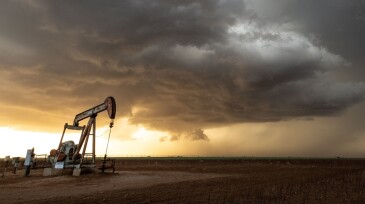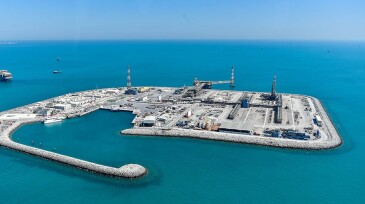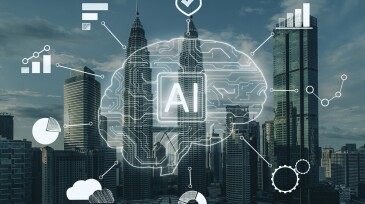AI/machine learning
This work presents the development of fast predictive models and optimization methodologies to evaluate the potential of CO₂ EOR and storage operations quickly in mature oil fields.
This paper presents a novel application of artificial intelligence in computer vision for automating blowout-preventer pressure-chart-data extraction, demonstrating significant efficiency gains and a high return on investment.
Optimization of water-alternating-gas (WAG) processes is critical for maximizing both oil recovery and carbon-sequestration efficiency in CO2 enhanced oil recovery (EOR) projects. Conventional optimization using simulation models can be cumbersome because of the vast design space and high uncertainty. In this study, a deep-learning model, the temporal fusion transform…
-
Energy efficiency is crucial for the oil and gas industry, where operational costs and environmental impact are under constant scrutiny. Predicting and managing electrical consumption and peak demand accurately, especially with the variability of weather conditions, is a significant challenge. This work presents a neural network model trained on historical weather and…
-
The company says the field has achieved a 25% production capacity increase through the user of advanced digital technology.
-
This paper describes an approach that combines rock typing and machine-learning neural-network techniques to predict the permeability of heterogeneous carbonate formations accurately.
-
This study compares seven imputation techniques for predicting missing core-measured horizontal and vertical permeability and porosity data in two wells drilled in the North Rumaila oil field in southern Iraq.
-
This study describes the performance of machine-learning models generated by the self-organizing-map technique to predict electrical rock properties in the Saman field in northern Colombia.
-
Implemented for the first time offshore, the technology uses artificial intelligence to operate wells autonomously.
-
The planned long-term partnership aims to digitally transform Aker BP’s subsurface workflows in an effort to lower costs, shorten planning cycles, and increase production.
-
This paper outlines how one company uses digital technologies to manage HSE risks in project delivery, developing an artificial intelligence (AI) predictive model to predict HSE risks and incidents based on historical incident data.
-
The RoboWell technology for well control will be available globally through Halliburton’s Landmark iEnergy hybrid cloud.
-
Automated workflow unifies geological, completion, and production data to inform speedier, better investment decisions for nonoperated assets.













